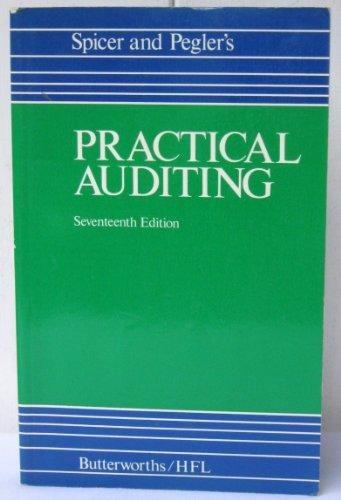
a) Derive a system of three ordinary differential equations to explain the variation of dependable variables S (t), (t) and R(t) with independent variable t (time, days), where S is the number of susceptible individuals, I is the number of infected individuals and R is the number of removed (recovered and deceased) individuals. Assume that the total population of the city was N=7,900,000 individuals, the total population was constant, i.e. no birth or immigration, and there was no vaccine available at that time. Once the people are healed, they get immunity. Suppose that each infected individual has a fixed number of contacts per day that are sufficient to spread the disease and a fixed fraction y of the infected will be removed (recovered or deceased) during any given day. Explain the model you derived. [ 20 points] b) Solve the system of ordinary differential equations manually using the proper initial conditions. Assume a small number of infected at t= 0, i.e. It=0)=10. You can use an Excel to facilitate your calculations. It was observed that the average the number of days an individual is sick enough to infect others was three days. Thus, we can assume y=1/3. Introduce the contact number parameter, c= Px. Solve the system for c=1.5 and c=3.5. Explain the difference in results. [40 points] a) Derive a system of three ordinary differential equations to explain the variation of dependable variables S (t), (t) and R(t) with independent variable t (time, days), where S is the number of susceptible individuals, I is the number of infected individuals and R is the number of removed (recovered and deceased) individuals. Assume that the total population of the city was N=7,900,000 individuals, the total population was constant, i.e. no birth or immigration, and there was no vaccine available at that time. Once the people are healed, they get immunity. Suppose that each infected individual has a fixed number of contacts per day that are sufficient to spread the disease and a fixed fraction y of the infected will be removed (recovered or deceased) during any given day. Explain the model you derived. [ 20 points] b) Solve the system of ordinary differential equations manually using the proper initial conditions. Assume a small number of infected at t= 0, i.e. It=0)=10. You can use an Excel to facilitate your calculations. It was observed that the average the number of days an individual is sick enough to infect others was three days. Thus, we can assume y=1/3. Introduce the contact number parameter, c= Px. Solve the system for c=1.5 and c=3.5. Explain the difference in results. [40 points]







